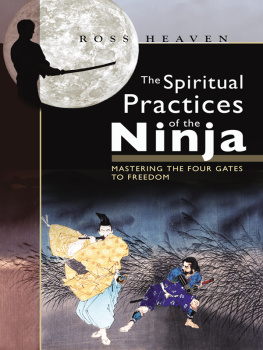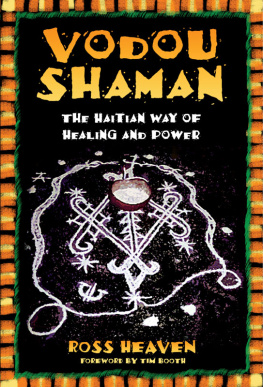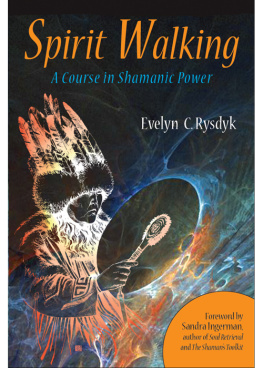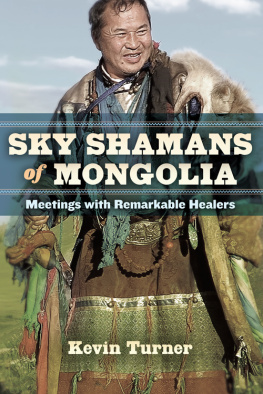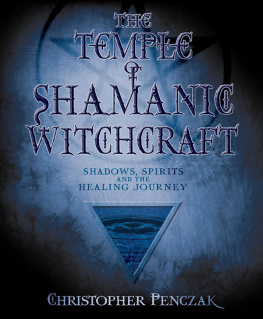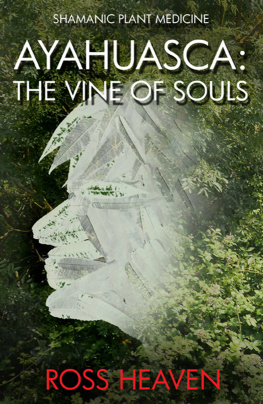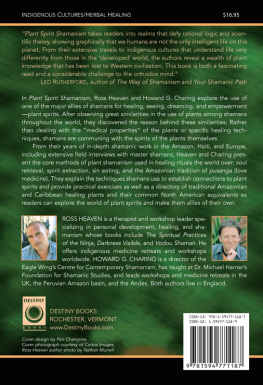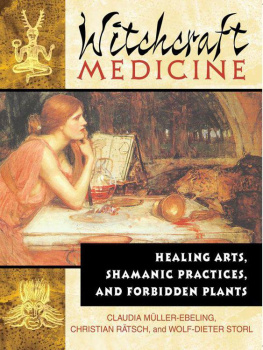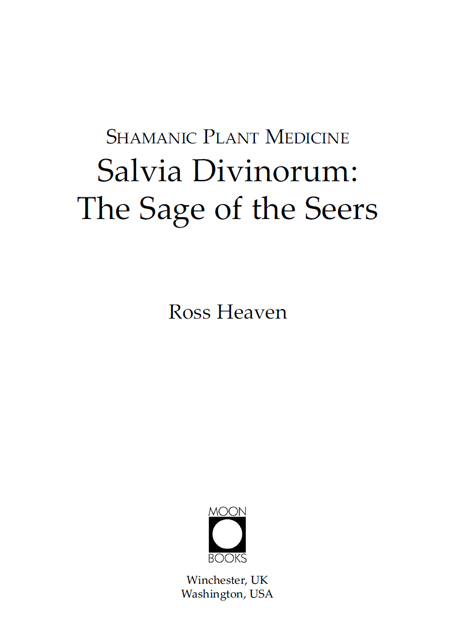First published by Moon Books, 2014
Moon Books is an imprint of John Hunt Publishing Ltd., Laurel House, Station Approach,
Alresford, Hants, SO24 9JH, UK
www.johnhuntpublishing.com
www.moon-books.net
For distributor details and how to order please visit the Ordering section on our website.
Text copyright: Ross Heaven 2013
ISBN: 978 1 78279 252 9
All rights reserved. Except for brief quotations in critical articles or reviews, no part of this book may be reproduced in any manner without prior written permission from the publishers.
The rights of Ross Heaven as author have been asserted in accordance with the Copyright, Designs and Patents Act 1988.
A CIP catalogue record for this book is available from the British Library.
Design: Stuart Davies
Printed and bound by CPI Group (UK) Ltd, Croydon, CR0 4YY
We operate a distinctive and ethical publishing philosophy in all areas of our business, from our global network of authors to production and worldwide distribution.
For Bodge (who else), the unsung and unseen Salvia hero, for the kids and for Indie.
About the Author
Ross Heaven is the author of several books on shamanism, plant teachers and healing and runs workshops on these themes in Europe and Peru, including Shamanic Practitioner training programmes; Shamanic Healing and Soul Retrieval courses; plant medicine retreats with San Pedro, Salvia and ayahuasca, and journeys to Peru to work with indigenous shamans. He is also a shamanic healer and therapist and offers counselling, soul retrieval and healing in the UK.
He has a website at .
His other books on plant teachers and medicines include Cactus of Mystery, The Hummingbirds Journey to God and Drinking the Four Winds (about San Pedro), Plant Spirit Shamanism (about ayahuasca and Amazonian plant healing) and The Sin Eaters Last Confessions (about Celtic methods of soul healing with herbs and plants). Others in the Shamanic Plant Medicine series include Ayahuasca, San Pedro and Sacred Mushrooms. His full book list can be viewed at Amazon Books.
Introduction
Shamanic Plant Medicine The first practical guide to working with teacher plants
Shamanic Plant Medicine is a series of books written to provide you with a succinct and practical introduction to a specific teacher or power plant, its history, shamanic uses, healing applications and benefits, as well as the things to be aware of when working with these plants, including ceremonial procedures and safety precautions. These plants are also known in the Western world as entheogens: substances which reveal the God within, and in shamanic cultures as allies: helpful spirits which confer power and pass on insights and information.
The first in this series are Ayahuasca: The Vine of Souls, San Pedro: The Gateway to Wisdom, Salvia Divinorum: The Sage of the Seers and Sacred Mushrooms: Messengers of the Stars. It is a series which reveals the truth about these plants and provides an insight into their uses as well as the cautions to take with them, so you are properly informed of your choices not reliant on sensationalism and disinformation.
The shamanic use of plants and herbs is one of the worlds oldest healing methods and, despite propaganda to the contrary, it is usually the safest and most effective form of medicine too.
In 2005, for example, the British Medical Journal warned that in England alone reactions to drugs that led to hospitalisation followed by death are estimated at 5,700 a year and could actually be closer to 10,000. By comparison, between 2000 and August 2004 there were just 451 reports of adverse reactions to herbal preparations and only 152 were considered serious. No fatalities. That statistic equates to just 38 problem cases a year resulting from plant medicines compared to perhaps 10,000 deaths a year as a result of accepted mainstream medicine. Reviewing these figures the London Independent newspaper concluded that, Herbs may not be completely safe as critics like to point out but they are a lot safer than drugs.
The situation in America is very similar. Here, orthodox medical treatment itself is now the leading cause of death, ahead of heart disease and cancer, and Infections, surgical mistakes and other medical harm contributes to the deaths of 180,000 hospital patients a year [and] another 1.4 million are seriously hurt by their hospital care. (Consumer Reports online: www.consumer-reports.org). Other studies reveal that adverse drug reactions are under-reported by up to 94 percent since the US government does not adequately track them. Death as a result of plant healings meanwhile remain next to zero.
It is worth asking why these figures so often go unreported, and why the medical profession continues to treat people as it does, even with full awareness of the risks and comparisons. Another good question would be why plants and herbs more than drugs and orthodox medicine are the focus of governments for stricter regulation (see for example the current codex alimentarius proposals) despite their effectiveness and comparative freedom from risk. Who benefits?
More remarkable even than their ability to heal the body is the ability of some plants to expand the mind, raise consciousness, release stuck or damaging emotions and connect us more deeply to spirit. These are the teacher plants. By showing us our true power and potential they enable us to see through illusions and explore the real nature of the dreaming universe so we discover our purpose on Earth.
Plant teachers are used by shamans the world over in a sacred ritual context to divine the future, enter spirit realms, learn the deepest truths of themselves and the universe (although many shamans see little distinction between the two since, as they say, the world is as you dream it; that is, each of us is the universe). They also enable them and us to perform true healings which go beyond the abilities of modern medicine and its reliance on intrusive treatments and often damaging drugs.
Salvia Divinorum: The Sage of the Seers
There was much of the beautiful, much of the wanton, much of the bizarre, something of the terrible, and not a little of that which might have excited disgust.
Edgar Allan Poe, The Masque of the Red Death
1
Salvia and Salvinorin A It is Total Madness Tearing Apart the Fabric of Reality
She is either not alive or not terrestrial
We knew then that she had come from another dimension
Bruce Rimmell, writing about the nature and origins of Salvia
Salvia divinorum is the botanical name of a visionary plant used in shamanic rituals for healing and divination by the medicine men and curanderos (healers) of Oaxaca, Mexico, who are referred to in this region as cho-ta-ci-ne: one who knows. In contemporary circles an extract of the plant, salvinorin A widely regarded as the worlds most powerful natural hallucinogen, up to 200 times stronger than LSD is also gaining respect among shamans and seekers as an express route to self-discovery and the expansion of consciousness.
The genus name, Salvia, comes from the Latin salvare, to heal or to save, while its complete botanical name, also from the Latin, is generally understood as the sage of the seers. The Mazatec shamans of Mexico, however, know it by less formal names, most of which are associated with the Virgin Mary who is seen as the embodiment of its spirit. Among them are ska Maria pastora (Mary the shepherdess), hojas de Maria (leaves of Mary), hojas de la pastora (leaves of the shepherdess), hierba Maria (Marys herb), and, according to the psychedelic explorer Terence McKenna, at least, as ojos de la pastora (the eyes of the shepherdess).


